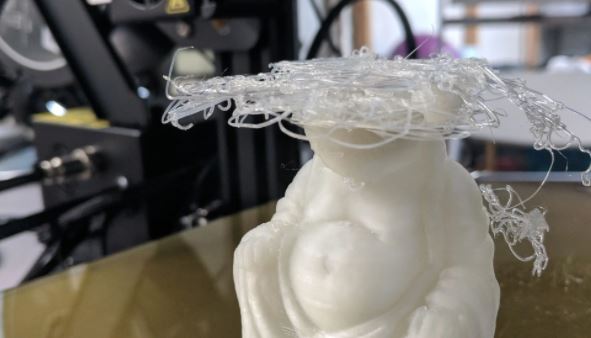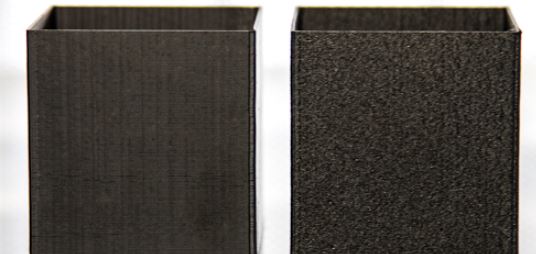PLA material does absorb moisture, and it's very sensitive to water if not careful for 3D printing. We call this material property hygroscopic. The moisture in the filament will affect the print quality.
Some PLA filaments do better than others when it comes to dealing with moisture. The best thing to do is to avoid it at all costs.
What Happens When Printing PLA With Mositure?

Moisture in the filament will cause the print to show bubbles and it affects smoothness. At the tip of the printer nozzle, it will also cause oozing. It's very important to keep all of your filament stored in a humid environment.
- When the PLA material absorbs moisture, it becomes weak and swollen
- It interrupts the nozzle flow
- Poor bed sticking performance
To read more about PLA material property here
How To Inspect PLA Material For Moisture Exposure

There is a chance of moisture exposure If you see the followings:
- Uneven extrusion when printing
- Stringing and oozing
- Cracks on the filament
- Feels brittle and less flexible
How To Keep PLA Filament Dry
The easiest way to keep PLA filament roll dry is to keep it and the 3D printer setup at a place you know it's dry. The best way is to install a humidity monitor and you can get that here.
If not please get some Silica Gel packets or a dedicated filament storage container.
You can check out other filament dryer here

